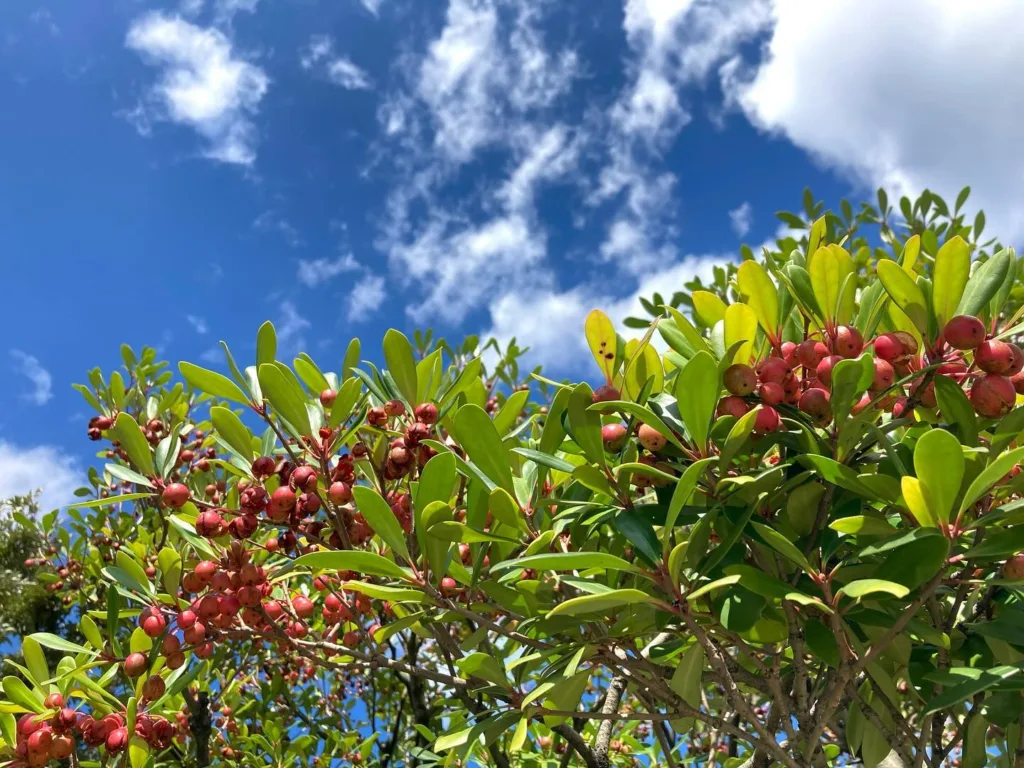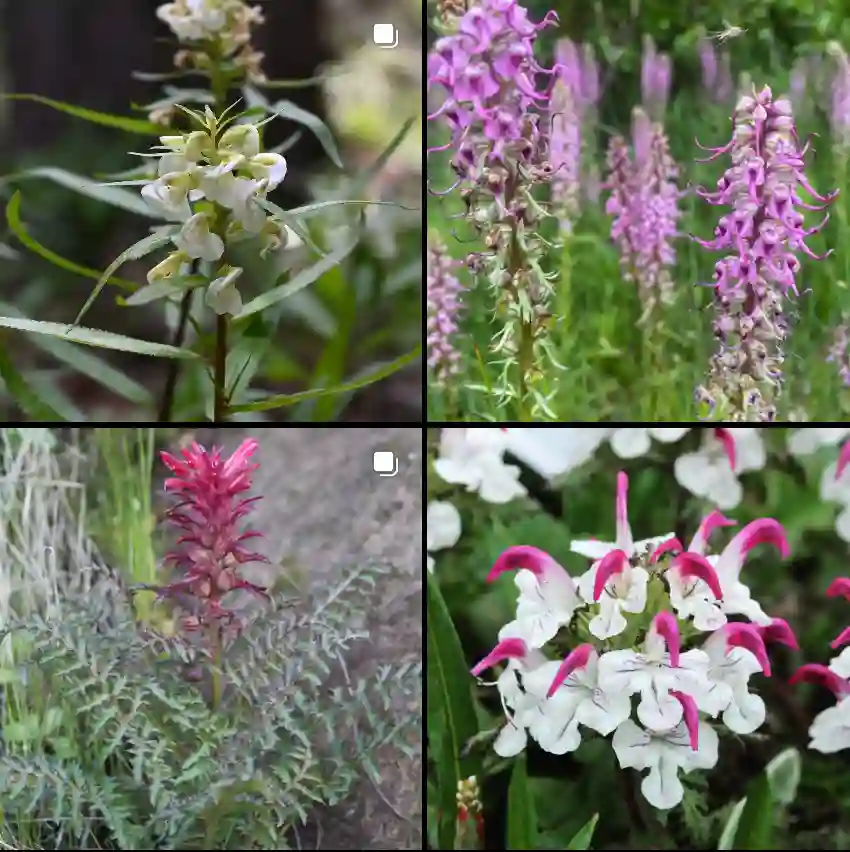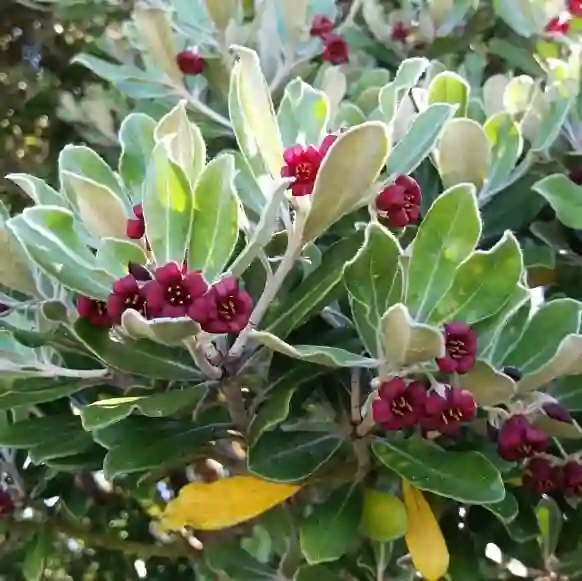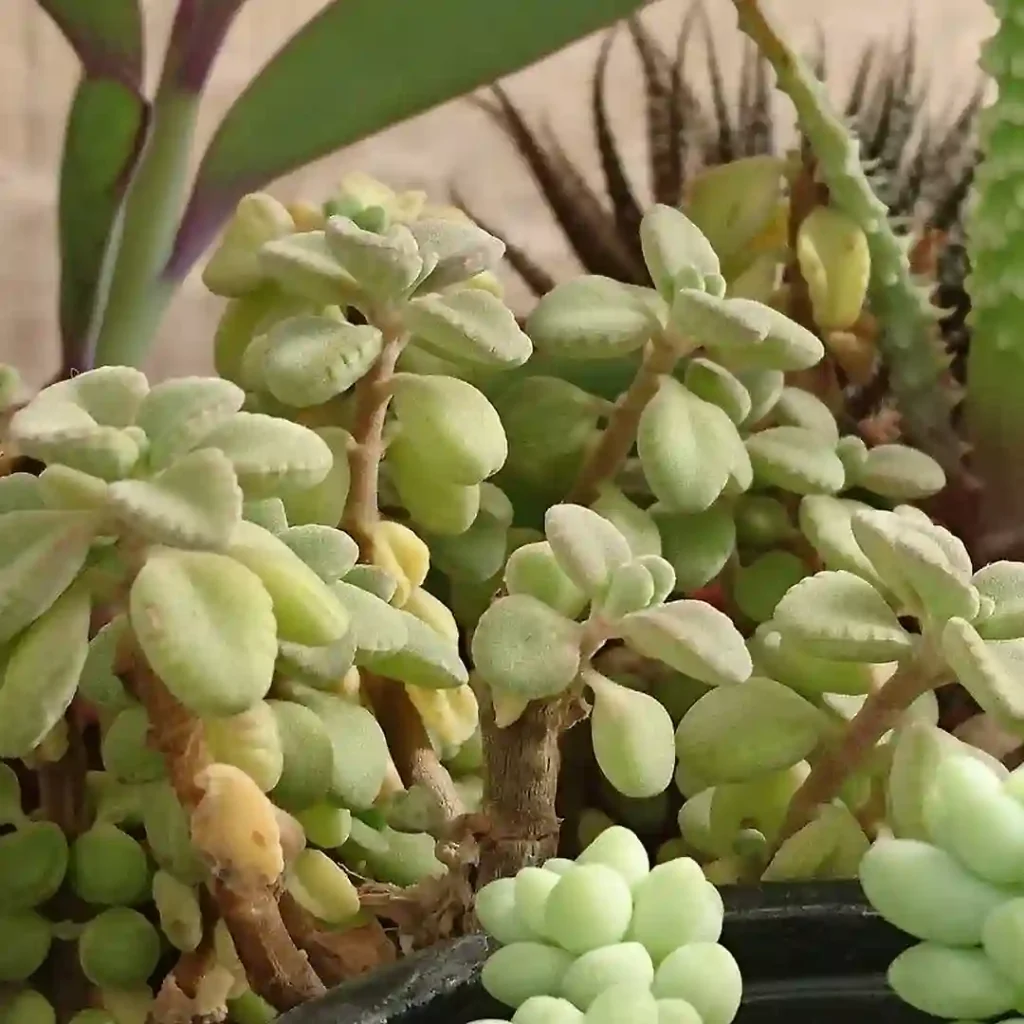Rhodiola: A Deep Dive into an Adaptogenic Wonder
I’ve always been fascinated by plants that thrive in extreme conditions. There’s something inherently captivating about their resilience, their ability to not just survive, but flourish where others simply couldn’t. This fascination led me to the Rhodiola genus, a group of hardy succulents that call some of the harshest environments on Earth home. From the frigid Arctic to the high-altitude slopes of the Himalayas, these plants have adapted to thrive in conditions that would send most others scrambling for survival.
But Rhodiola is more than just a botanical curiosity. It’s a genus steeped in history and tradition, with a reputation for enhancing human resilience in much the same way it demonstrates in the wild. Let’s delve into the world of Rhodiola, exploring its diverse species, its remarkable properties, and its potential benefits.
A Diverse Genus with a Shared Heritage
The Rhodiola genus belongs to the Crassulaceae family, known for its succulent, water-storing leaves. Often called “stonecrops” due to their resemblance to the Sedum genus, Rhodiola species are typically characterized by:
- Thick, fleshy leaves: These help the plants conserve water in arid environments.
- Upright stems: Often unbranched, bearing clusters of small flowers.
- Resilience: An ability to withstand extreme cold, drought, and high altitude.
While the exact number of Rhodiola species is debated, estimates over 70. This variability is partly due to the challenges in classifying these plants, as their appearance can change dramatically depending on their environment. Here are:
- Rhodiola algida (Ledeb.) Fisch. & C.A.Mey.
- Rhodiola alsia (Fröd.) S.H.Fu
- Rhodiola amabilis (H.Ohba) H.Ohba
- Rhodiola angusta Nakai
- Rhodiola atsaensis (Fröd.) H.Ohba
- Rhodiola atuntsuensis (Praeger) S.H.Fu
- Rhodiola borealis Boriss.
- Rhodiola bouffordii H.Ohba
- Rhodiola bupleuroides (Wall. ex Hook.f. & Thomson) S.H.Fu
- Rhodiola calliantha (H.Ohba) H.Ohba
- Rhodiola chrysanthemifolia (H.Lév.) S.H.Fu
- Rhodiola coccinea (Royle) Boriss.
- Rhodiola crenulata (Hook.f. & Thomson) H.Ohba
- Rhodiola cretinii (Raym.-Hamet) H.Ohba
- Rhodiola daochengensis J.Q.Zhang & G.Y.Rao
- Rhodiola discolor (Franch.) S.H.Fu
- Rhodiola dumulosa (Franch.) S.H.Fu
- Rhodiola fastigiata (Hook.f. & Thomson) S.H.Fu
- Rhodiola feiyongii H.Ohba, S.Akiyama & S.K.Wu
- Rhodiola forrestii (Raym.-Hamet) S.H.Fu
- Rhodiola fushuhsiae H.Ohba, S.Akiyama & S.K.Wu
- Rhodiola gelida Schrenk ex Fisch. & C.A.Mey.
- Rhodiola handelii H.Ohba
- Rhodiola heterodonta (Hook.f. & Thomson) Boriss.
- Rhodiola himalensis (D.Don) S.H.Fu
- Rhodiola hobsonii (Prain ex Raym.-Hamet) S.H.Fu
- Rhodiola hookeri S.H.Fu
- Rhodiola humilis (Hook.f. & Thomson) S.H.Fu
- Rhodiola imbricata Edgew.
- Rhodiola integrifolia Raf.
- Rhodiola ishidae (Miyabe & Kudô) H.Hara
- Rhodiola junggarica Chang Y.Yang & N.R.Cui
- Rhodiola kaschgarica Boriss.
- Rhodiola kirilowii (Regel) Maxim.
- Rhodiola kunlunica H.Ohba, S.Akiyama & S.K.Wu
- Rhodiola liciae (Raym.-Hamet) S.H.Fu
- Rhodiola litvinovii Boriss.
- Rhodiola lobulata (N.B.Singh & U.C.Bhattach.) H.Ohba
- Rhodiola ludlowii H.Ohba
- Rhodiola macrocarpa (Praeger) S.H.Fu
- Rhodiola marginata Grierson
- Rhodiola multibracteata H.Chuang
- Rhodiola namlingensis S.Y.Meng
- Rhodiola nepalica (H.Ohba) H.Ohba
- Rhodiola nobilis (Franch.) S.H.Fu
- Rhodiola pachyclados (Aitch. ex Hemsl.) H.Ohba
- Rhodiola pamiroalaica Boriss.
- Rhodiola pauciflora (Edgew.) Pusalkar
- Rhodiola prainii (Raym.-Hamet) H.Ohba
- Rhodiola primuloides (Franch.) S.H.Fu
- Rhodiola purpureoviridis (Praeger) S.H.Fu
- Rhodiola quadrifida (Pall.) Fisch. & C.A.Mey.
- Rhodiola recticaulis Boriss.
- Rhodiola rhodantha (A.Gray) H.Jacobsen
- Rhodiola rosea L.
- Rhodiola saxicola H.Ohba, S.Akiyama & S.K.Wu
- Rhodiola saxifragoides (Fröd.) H.Ohba
- Rhodiola sedoides Lidén & Bharali
- Rhodiola semenovii (Regel & Herder) Boriss.
- Rhodiola serrata H.Ohba
- Rhodiola sherriffii H.Ohba
- Rhodiola sinuata (Royle ex Edgew.) S.H.Fu
- Rhodiola smithii (Raym.-Hamet) S.H.Fu
- Rhodiola stapfii (Raym.-Hamet) S.H.Fu
- Rhodiola stephani (Cham.) Trautv. & C.A.Mey.
- Rhodiola subopposita (Maxim.) H.Jacobsen
- Rhodiola tangutica (Maxim.) S.H.Fu
- Rhodiola tibetica (Hook.f. & Thomson) S.H.Fu
- Rhodiola tricarpa S.Y.Meng & G.Y.Rao
- Rhodiola wallichiana (Hook.) S.H.Fu
- Rhodiola wangii S.Y.Meng
- Rhodiola wenchuanensis T.Li & Hao Zhang
- Rhodiola yunnanensis (Franch.) S.H.Fu
- Rhodiola yushuensis S.Y.Meng & Jun Zhang
Adaptogens: Nature’s Stress Busters
One of the most intriguing aspects of Rhodiola, particularly Rhodiola rosea, is its classification as an adaptogen. Adaptogens are natural substances that help the body adapt to stress and promote overall balance. They work by modulating the body’s stress response system, helping to regulate hormone levels and improve resilience to both physical and mental stressors.
Think of it this way: Rhodiola doesn’t eliminate stress from your life (because let’s face it, that’s impossible). Instead, it equips you with the tools to handle stress more effectively. Like a seasoned mountaineer navigating a challenging climb, Rhodiola helps you weather the storm and emerge stronger on the other side.
Potential Benefits: From Stress Relief to Cognitive Enhancement
While research is ongoing, Rhodiola has shown promise in a variety of areas:
- Stress and anxiety reduction: Rhodiola may help to reduce feelings of stress, anxiety, and fatigue, promoting a sense of calm and well-being.
- Improved cognitive function: Studies suggest that Rhodiola can enhance memory, focus, and mental clarity.
- Increased physical endurance: Rhodiola may help to improve athletic performance and reduce fatigue during exercise.
- Depression support: Some research indicates that Rhodiola may be helpful in alleviating symptoms of mild to moderate depression.
- Antioxidant and anti-inflammatory effects: Rhodiola contains compounds that may protect cells from damage and reduce inflammation.
It’s important to note that while these potential benefits are promising, more research is needed to fully understand the mechanisms of action and long-term effects of Rhodiola.
The Future of Rhodiola: A Promising Path
As research continues to shed light on the potential benefits of Rhodiola, its popularity as a natural health supplement is likely to grow. However, it’s crucial to approach its use with awareness and caution.
- Sustainable sourcing: The increasing demand for Rhodiola raises concerns about sustainability. It’s essential to choose products from reputable sources that prioritize ethical harvesting practices and conservation efforts.
- Quality control: Not all Rhodiola supplements are created equal. Look for products that have been standardized to ensure consistent potency and purity.
- Individualized approach: While generally safe, Rhodiola may interact with certain medications or have side effects in some individuals. It’s always best to consult with a healthcare professional before starting any new supplement regimen.
The world of Rhodiola is vast and fascinating. From its remarkable adaptations to its potential health benefits, this genus offers a glimpse into the power of nature to heal and enhance our lives. As we continue to explore its secrets, I’m excited to see what the future holds for this resilient and remarkable plant.
If i die, water my plants!



